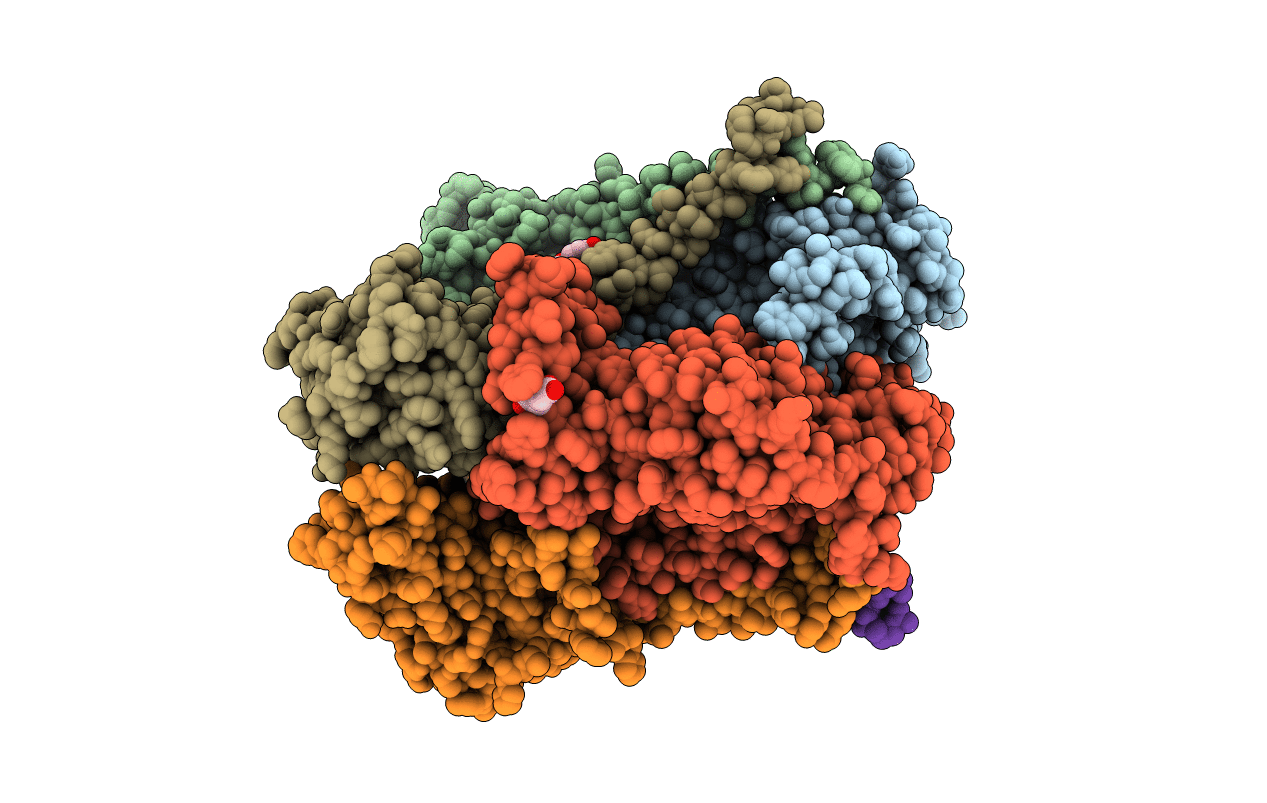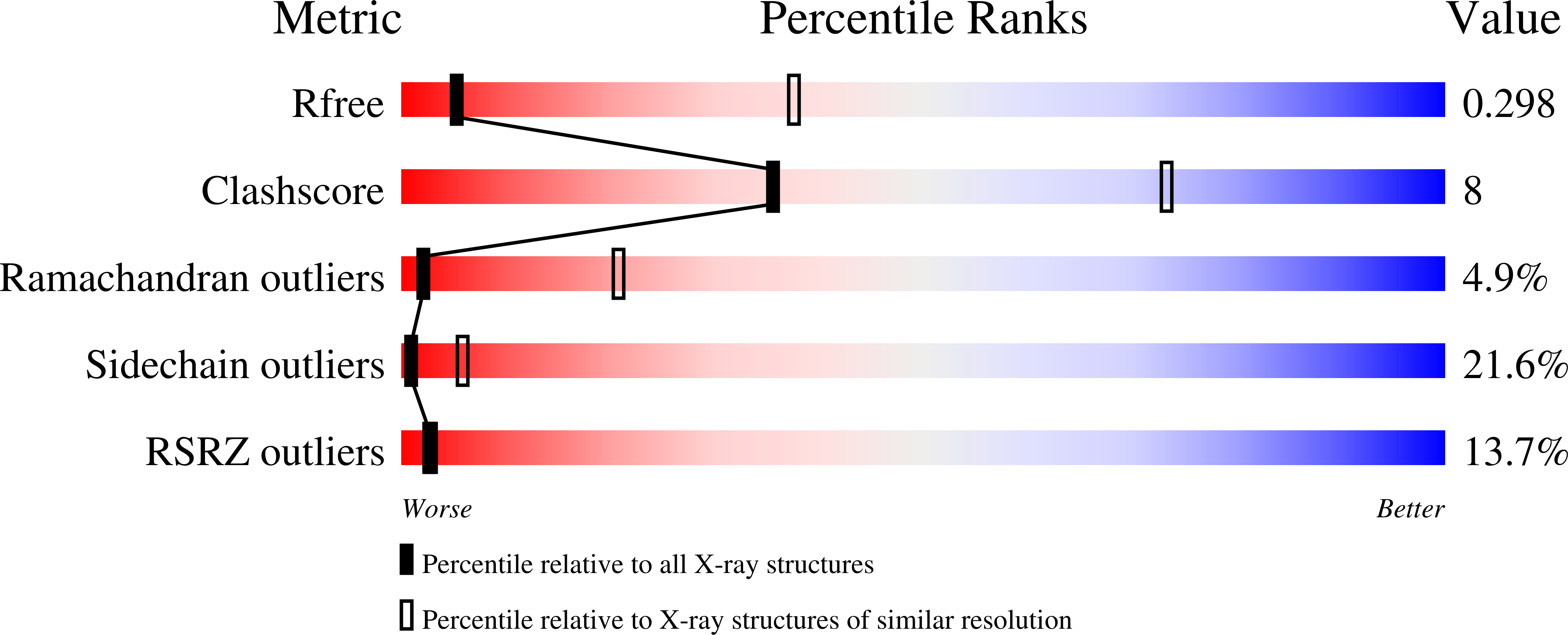
Deposition Date
2005-05-22
Release Date
2005-06-07
Last Version Date
2024-11-20
Entry Detail
PDB ID:
1ZRT
Keywords:
Title:
Rhodobacter capsulatus cytochrome bc1 complex with stigmatellin bound
Biological Source:
Source Organism:
Rhodobacter capsulatus (Taxon ID: 1061)
Host Organism:
Method Details:
Experimental Method:
Resolution:
3.51 Å
R-Value Free:
0.28
R-Value Work:
0.22
R-Value Observed:
0.22
Space Group:
P 1 21 1


